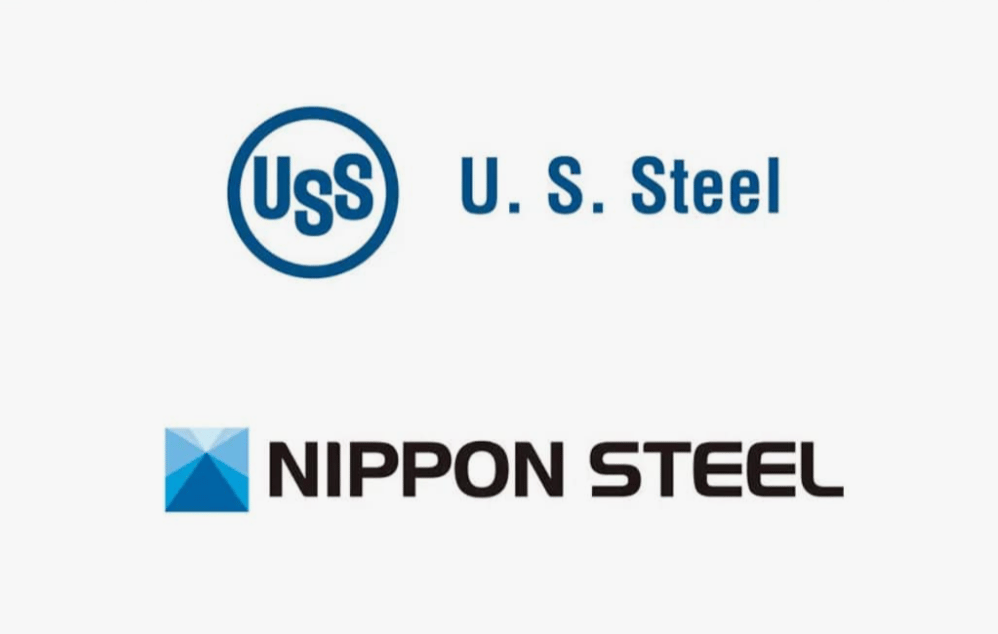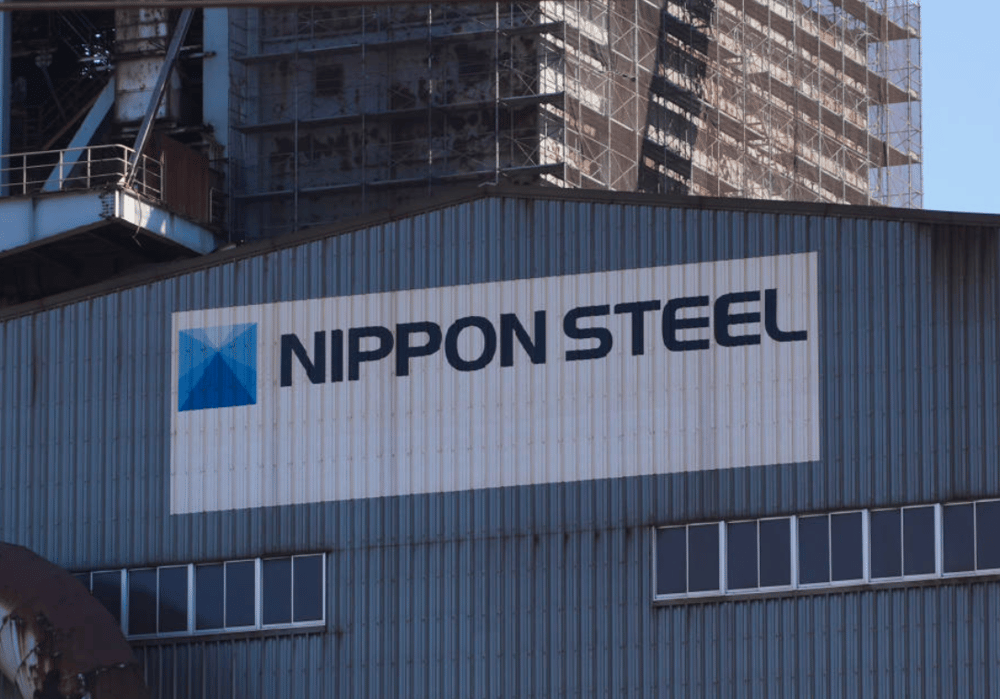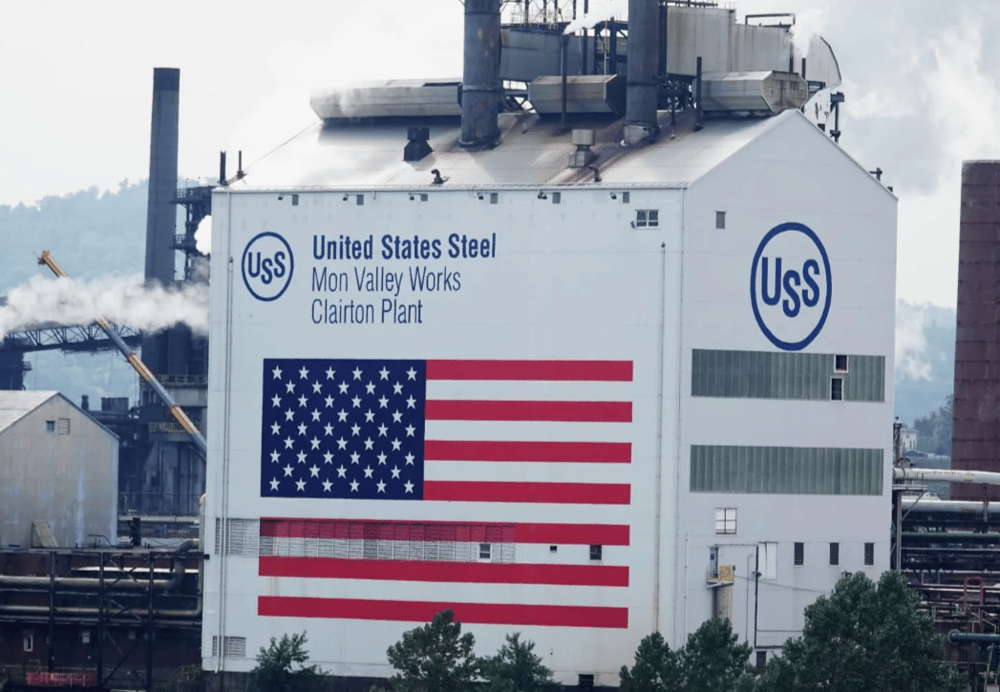Nippon Steel's $ 14.9 billion acquisition of U.S. Steel faces critical review in U.S. Court
The proposed $14.9 billion acquisition of U.S. Steel by Japan’s Nippon Steel Corp. has reached a critical juncture, as both the Japanese firm and the Trump administration jointly petitioned a U.S. appeals court to extend an ongoing judicial pause. This move comes as the parties seek more time to finalize a deal subject to national security scrutiny. The acquisition, first announced in late 2023, has since become a flashpoint for broader debates on foreign ownership of U.S. strategic assets.
Deal Under Pressure: National Security Review Halts Finalization
Nippon Steel’s planned acquisition of U.S. Steel, one of America’s oldest and most iconic manufacturers, has drawn regulatory attention not just from antitrust watchdogs, but from national security officials as well. On April 7, the Trump administration ordered a secondary review under the Committee on Foreign Investment in the United States (CFIUS), delaying the process through an official court pause. That stay, originally set to expire on June 5, is now likely to be extended by eight days following a mutual request by both parties to the appeals court.
The transaction, if approved, would grant Nippon Steel control over critical U.S.-based steel production, including contracts related to defense and infrastructure. The Department of Commerce has expressed concerns that the deal may transfer sensitive industrial capabilities to a foreign entity, despite Japan being a U.S. ally.

Key Facts
Deal Value: $14.9 billion all-cash acquisition.
Target: U.S. Steel, headquartered in Pittsburgh, PA.
Acquirer: Nippon Steel Corp., Japan’s largest steelmaker.
Pause in litigation: Originally granted April 7; extension requested until June 13.
Regulatory Oversight: Reviewed under CFIUS for national security implications.
Trump Administration Role: Actively involved in the reassessment and strategic framing of the deal.
Market and Policy Reaction: Strategic Autonomy vs. Foreign Investment
The extension request suggests that both parties are actively negotiating terms that would meet CFIUS compliance standards. Markets responded with cautious optimism: shares of U.S. Steel saw minor intraday gains of 1.2% amid investor expectations of a compromise solution.
Analysts note that while Japan remains a key U.S. ally, steel is classified as a critical industry under the Defense Production Act. This classification complicates foreign direct investment (FDI), even from friendly nations. The administration's broader economic policy, particularly under Trump’s protectionist outlook, has emphasized reshoring manufacturing and reducing foreign control of essential industrial inputs.
Labor unions, including the United Steelworkers, have voiced skepticism over the deal, citing potential job losses and strategic dilution. Meanwhile, corporate stakeholders continue to lobby behind closed doors, aiming to reassure regulators of the transaction’s long-term mutual benefit.

Key Takeaways
National Security Focus — The CFIUS-led review centers on safeguarding U.S. steel capacity and defense contracts.
Extended Legal Pause — Court likely to grant an eight-day stay to facilitate final negotiations.
Stakeholder Pressure Rising — Labor unions, policymakers, and shareholders intensify lobbying.
Market Volatility — U.S. Steel stock shows moderate gains amid regulatory uncertainty.
Precedent-Setting Potential — The outcome could reshape how FDI is treated in strategic sectors.
The Strategic Stakes of the Nippon-U.S. Steel Merger
The Nippon Steel–U.S. Steel deal represents more than a corporate acquisition; it underscores the tension between economic globalization and national industrial sovereignty. If approved, the transaction could enhance global steel cooperation, but also risks altering the domestic control of key defense-related production. As the extended legal pause plays out, the decision will likely set a precedent for how future cross-border M&A activity in critical sectors is evaluated—especially in a political climate prioritizing national security.















Comments
Redefining automation in today's dynamic environment requires bold and calculated shifts like this